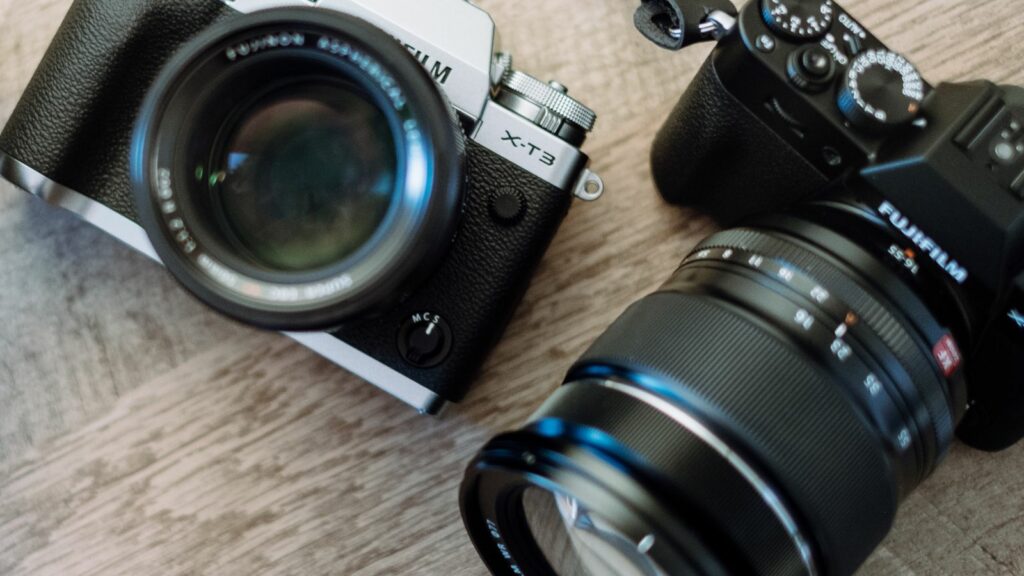Whether you’re a seasoned photographer or just starting out, keeping your camera gear organization is crucial. It’s not just about tidiness; it’s about knowing where every piece of equipment is when you need it, saving you time and stress.
Camera Gear Organization
Congratulations on your journey to understanding camera gear organization. This section expounds on the fundamental principles that highlight why organization is key and the potential impacts of disorganization.

Organization streamlines a photographer’s workflow. It fosters accessibility, allowing photographers to swiftly reach required gear. This efficiency equates to less time wasted and more time focused on creating stunning visuals. Examples of equipment include wide lens, filters, and tripods, each critical in its own way. Furthermore, organized gear limits the risk of damaging equipment, as misplaced or improperly stored equipment is more susceptible to damage.
On the flip side, a disorganized setup can have significant implications. For instance, time-management takes a hit as photographers scramble to locate gear. Subsequently, this creates an unfavorable environment for creativity. Further, disorganization poses a greater risk of equipment loss or damage. Misplaced items like memory cards, for instance, can lead to loss of precious work. Hence, cohesive and systematic organization of camera gear is a worthy endeavor for all photographers.
The Basics of Camera Gear Organization
Cataloging Your Gear
Cataloging gear serves as a pivotal starting point in organizing camera gear. Photographers catalog their equipment to keep track of their gear. It’s a simple yet effective strategy involving listing all photographic equipment, such as cameras, lenses, memory cards, and tripods, among others, along with their respective details. Encoding details like the date of purchase and warranty period aid in maintaining and servicing the gear. Additionally, cataloging creates a quick reference, simplifying gear selection for specific shoots. It thus provides easy access to relevant information, reduces clutter, prevents gear misplacement, and also assists in insurance claims in case of loss or damage.
Allocating Gear Based on Usage

Proper allocation of gear according to usage evolves from the cataloging process, enhancing the efficiency of a photography setup. High usage gear, such as primary camera bodies, lenses, and frequently used accessories, gain strategic positioning within the gear setup. More often than not, photographers place these essential pieces of equipment in easily reachable and visible locations, reducing search time, thus catalyzing the photography process. On the other hand, less-used gear, including certain filters, backup camera bodies, and rarely used lenses, often occupy the peripheral zones of the setup. This methodical placement based on usage ensures an efficient workflow, saves time, and deters the risk of overlooking necessary gear.
Essential Tools for Camera Gear Organization

Selecting an appropriate bag plays a crucial role in camera gear organization. This element not only houses crucial equipment but also determines overall transportability and accessibility. It’s imperative to select a bag that boasts ample space for all pieces of gear, from cameras and lenses to memory cards and filters. Additionally, look for bags with a robust build, capable of protecting the gear from potential damage due to shock or weather. Brands such as Lowepro and ThinkTank, revered in the photography industry, offer camera bags designed with a perfect blend of capacity, durability and portability.
Just as crucial as a camera bag is the need for customizable storage solutions. These offer flexibility by allowing a photographer to adjust compartments and sections to fit every piece of their gear snugly. For instance, a lens and camera body require differently sized slots. A storage tool like the Pelican Case with its Pick N Pluck foam not only protects against impact and climatic adversities but also allows for tailored organizational setup, optimizing spatial usage.
Efficient Photography
Camera gear organization isn’t just about keeping things neat. It’s a game-changer that saves time, reduces stress, and boosts creativity. By embracing the principles of cataloging and gear allocation, photographers can transform their workflow, making it more efficient and systematic. A well-organized setup, aided by the right tools, ensures that no piece of equipment is overlooked or misplaced.



